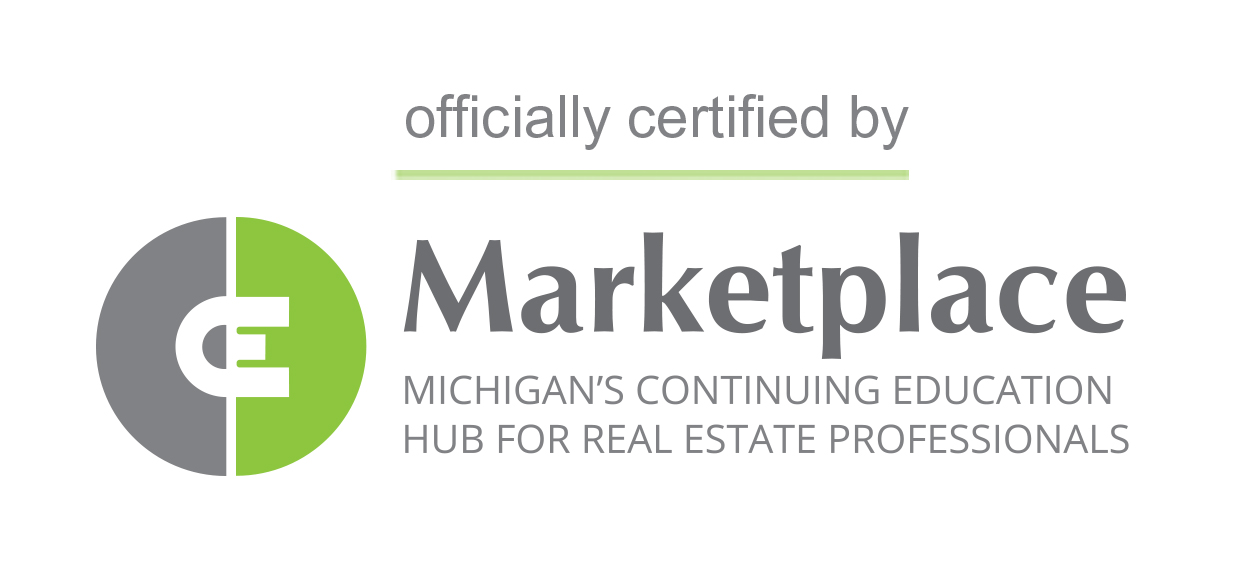Imagine your home as a safe haven – a place where your family gathers, creates memories, and finds solace. Now imagine an unwelcome intruder silently creeping in, threatening the health of your loved ones and the integrity of your abode. That intruder is mold. As a seasoned mold remediator, I've seen firsthand the havoc mold can wreak. In this article, I'll provide you with a comprehensive mold remediation checklist that every homeowner should have. With this guide in hand, you'll be well-prepared to face mold issues head-on and protect your home from its insidious grasp.
Assessment and Planning
Before you dive into mold remediation, take a moment to assess the situation. Just as a doctor evaluates the symptoms before diagnosing and prescribing treatment, a thorough assessment is the foundation of successful mold removal. This is where our experience comes into play. Enviro-Decon has encountered many cases where homeowners attempted to remove visible mold on their own, only to realize that the problem was much larger and more complex than anticipated. An assessment involves a detailed visual inspection, moisture mapping to identify potential problem areas, and uncovering any hidden sources of mold. The assessment findings will guide your remediation plan, ensuring no corner is left unturned.
Safety Precautions and Personal Protective Equipment (PPE)
Mold removal isn't a casual chore – it's a task that requires serious safety precautions. Personal protective equipment (PPE) is your armor against mold spores and potential health hazards. Enviro-Decon states that all workers wear PPE at all times when remediating or removing mold in any situation. PPE includes masks to protect your airways, gloves to shield your skin, goggles to guard your eyes, and protective clothing to prevent any spores from clinging to you. Remember, wearing PPE isn't a sign of weakness – it's a sign of responsible and informed action.
Containment and Isolation
Mold is a crafty traveler, and without containment measures, it can spread like wildfire. Imagine mold spores as restless explorers looking for new territories. Containment prevents their journey. Setting up negative air pressure zones using air scrubbers ensures that the spores stay put. One of the main ways that we recommend ensuring that mold does not spread throughout your house is by controlling the humidity in your home. Keeping the humidity below 55% is a near full proof way to ensure that mold cannot spread. Proper containment is like drawing a line in the sand, preventing mold from encroaching into uncontaminated areas.
Removal of Mold-Infested Materials
When it comes to mold-infested materials, it's all about precision and care. You don't want to release spores into the air while removing them. Think of it as a delicate operation – surgical precision is required. The use of HEPA (High-Efficiency Particulate Air) vacuums, which capture even the tiniest particles, is crucial during this phase. Additionally, proper disposal methods must be followed to prevent further contamination.
Cleaning and Treatment
Mold-infested surfaces need more than a simple wipe-down. It's like fighting an invisible enemy – you need the right tools and techniques. For non-porous surfaces, a thorough cleaning with approved antimicrobial agents is essential. But for porous surfaces, like carpets and upholstery, cleaning might not be enough – removal could be the best solution. I once had a case where a homeowner's attempt to clean mold-infested carpet only worsened the problem, as mold can deeply penetrate such materials. Effective cleaning and treatment not only removes visible mold but also helps prevent its return.
Preventing Future Infestations
Once you've successfully battled mold, the last thing you want is a repeat performance. Prevention is your shield against future infestations. Regular home maintenance and vigilance are your allies. Keep humidity levels in check, fix leaks promptly, and ensure proper ventilation. I've seen homeowners make small adjustments, like installing a dehumidifier or addressing a persistent leak, that paid off in a mold-free home. These small steps and adjustments can ensure a headache from mold never shows up. Preventing mold growth is an ongoing commitment, and your vigilance will pay off in the long run.
Post-Remediation Assessment
After the battle is won, don't declare victory just yet. Post-remediation assessment is your victory lap. Independent inspectors can verify that your home is mold-free and safe. Documentation from these assessments can also be valuable for insurance purposes, should you ever need to make a claim. With Enviro Decon, we ensure a lifetime warranty with our work. If you ever find mold growth in a previously worked area you can be sure that we will come and make it right.
Conclusion
Armed with this comprehensive mold remediation checklist, you're now equipped to face mold head-on. Remember, mold isn't just an eyesore – it's a potential health hazard and property threat. From assessment to containment, removal, and prevention, every step in this checklist is crucial. If you're ever uncertain or dealing with a larger issue, don't hesitate to seek professional assistance. With diligence and the right approach, you can protect your home and loved ones from the clutches of mold.




